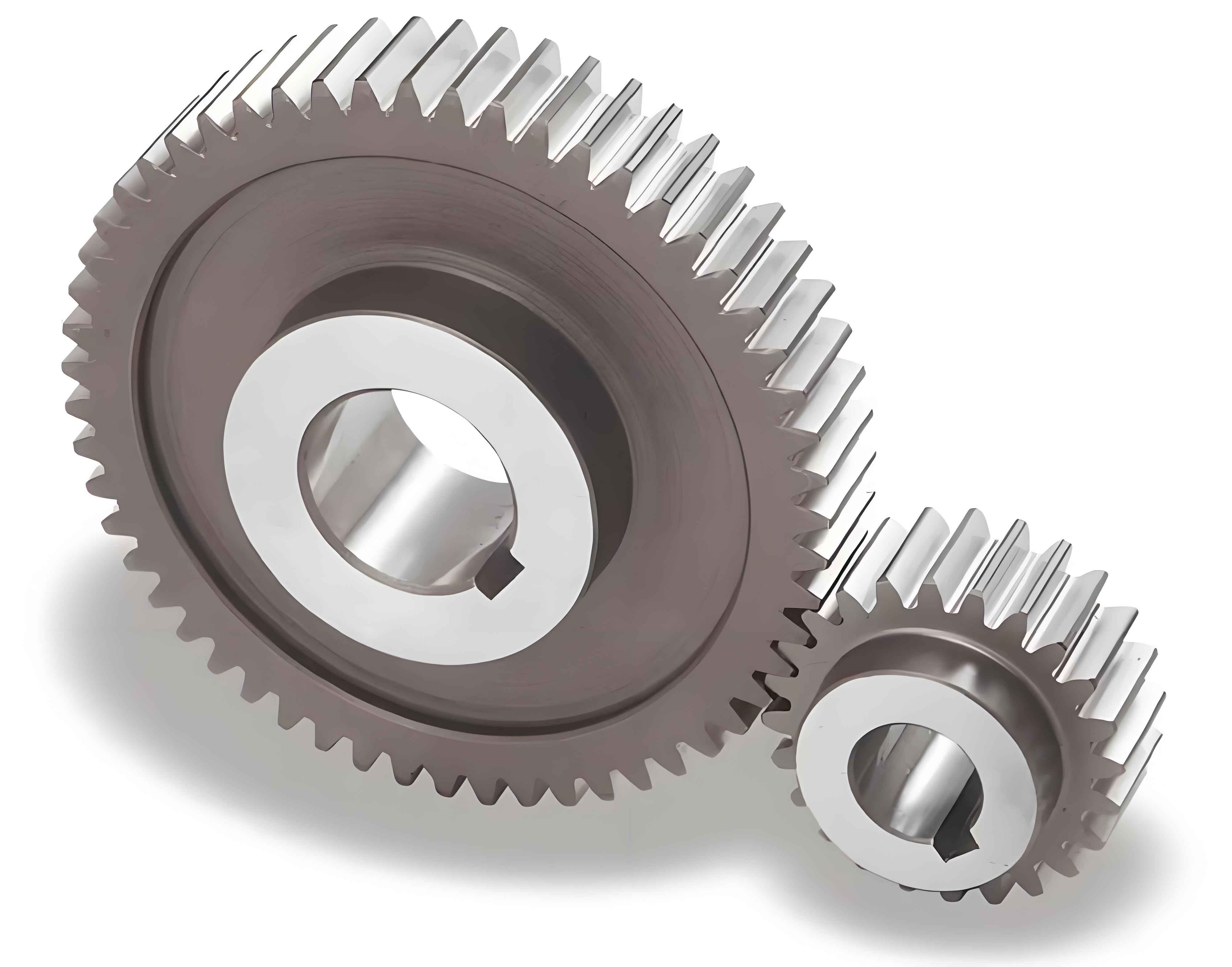
1. Introduction
Tooth pitting is one of the most common failures in spur gear transmissions, directly affecting the time-varying meshing stiffness (TVMS) of spur gear pairs and subsequently altering the system’s dynamic characteristics. This paper delves into the influence of tooth pitting on TVMS and vibration response in spur gear pairs.
The following content is organized into sections with tables and images to enhance readability and comprehension.
2. Modeling of Tooth Pitting and Calculation of TVMS
2.1 Tooth Pitting Model
To study the effect of tooth pitting on TVMS, a model is developed where each pit is approximated as part of an ellipsoidal cylinder. Based on the location and number of pits, three levels of damage are defined: mild, moderate, and severe pitting.
| Damage Level | Description | Illustration |
|---|---|---|
| Mild Pitting | Fewer pits, small size | <img src=”https://example.com/mild_pitting.png” /> |
| Moderate Pitting | More pits, moderate size | <img src=”https://example.com/moderate_pitting.png” /> |
| Severe Pitting | Numerous pits, large size | <img src=”https://example.com/severe_pitting.png” /> |
2.2 Calculation of TVMS
The potential energy method is employed to calculate TVMS, considering Hertzian contact energy, bending deformation energy, axial compression deformation energy, shear deformation energy, and matrix flexibility deformation energy.
- Formula for Energy Components:
- Hertzian Contact Energy: U_H
- Bending Deformation Energy: U_B
- Axial Compression Deformation Energy: U_A
- Shear Deformation Energy: U_S
- Matrix Flexibility Deformation Energy: U_M
The total potential energy U_total is the sum of these components, and TVMS K_total is derived from it.
3. Influence of Pitting on TVMS and Vibration Response
3.1 Variation of TVMS with Pitting
As the number and size of pits increase, the effective tooth width and cross-sectional area decrease, leading to a reduction in TVMS. The reduction is more significant with longer pit axes.
| Pitting Characteristic | Effect on TVMS |
|---|---|
| Number of pits | Higher number → Greater reduction in TVMS |
| Pit axis length | Longer axis → More significant reduction in TVMS |
| Pit location | Moving from base circle to tooth tip → Increasing impact |
3.2 Vibration Response Analysis
The modified TVMS model is incorporated into a four-degree-of-freedom spur gear model considering torsional vibration and vertical translation of spur gear supports. Frequency-domain analysis is conducted to study the impact of tooth pitting on system vibration response.
4. Conclusion
The proposed tooth pitting model aligns closely with actual pitting morphologies. The study reveals that TVMS decreases significantly with increased pitting severity, and the model can predict gear system meshing stiffness and vibration behavior. These findings provide a theoretical basis for detecting and diagnosing tooth pitting faults in spur gear pairs.
